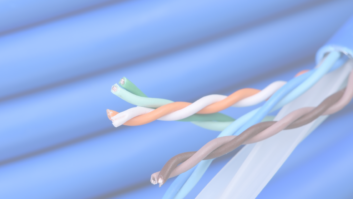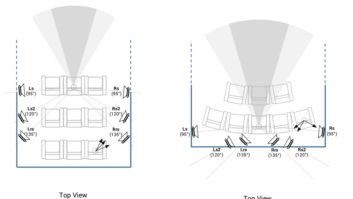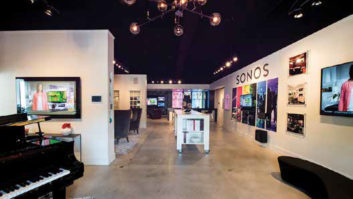As custom installers, many of the things that you typically put in a home theater are obsolete almost before you install them. Your client is not going to be happy, particularly, if an upgrade costs a lot of money. You cant avoid selling clients some things that are likely to become obsolete, but what if you allocate the majority of their budget to things that will last for years and go the high-value, affordable route in the high-risk categories?
The trick is keeping up with what things are and arent likely to become obsolete. Its no easy task, and things occasionally jump from one camp to the other. Still, it behooves you to try. Here is my take on things that dont become obsolete.
AC Power Products. AC power isnt always what it should be, and the performance of home theater components can suffer as a result. Be sure you deal with voltage regulation, as well as surge suppression, grounding issues. Also beware of the almost square waves that many power companies are providing these days; youll need to smooth them out.
Conduit. You may think you can future-proof installations by running every type of cable in existence, but what about cables that dont yet exist? Dont run cables, run conduit.
Equipment Rack. Think the rack isnt important? Try defending your quality installation work to your client as he/she stares in disbelief at the rats nest behind the rack.
Interior Acoustic Treatment. Fuzz absorbs sound. Weird broken shapes diffuse sound. Combining the two in a room results in vastly improved sound character. Unless wave physics changes, acoustic treatments are always going to work just like they do right now.
Interior Decoration, Lighting, and Furnishing. Equip your pretty room with sound-absorbing carpet, light-absorbing walls, and focused lighting. Properly designed interior dcor can improve sound and picture quality, too.
Noise Control. HVAC, equipment fans, refrigerators, etc., are always going to make noise. The ways to silence them are tried and true. Anything billed as new is just a fresh spin on something old.
Power Amplifiers. Make sure they are big and stable enough to supply adequate power to the speakers. Thats all youll ever need.
Projection Screen. Because the proper viewing angles for SD and HD vary from 30 degrees to upwards of 45 degrees, the only way to completely future-proof a screen is to go with four-way masking and an overall width that supports a 45-degree viewing angle.
Sound Isolation. No new technology just around the corner is going to magically block sound transmission. There is money to be made in sound isolation design, but also realize that you may get to sell the products you specify.
Speakers and Subwoofers. Speakers take electrical energy and transform it into acoustical energy. In the foreseeable future, sound still will be processed in electrical form and (barring major human evolution) heard in acoustic form, so youre pretty safe buying a device that changes one to the other. A speaker today with appropriate dispersion and frequency response is always going to have those qualities. Other than the normal processes of wear and tear, there should be no reason to change speakers if you picked good ones in the first place.
Powered Speakers and Subwoofers. Combine two stable elements. Plus, you dont have to play engineer yourself and figure out if a speaker goes well with an amp.
Speaker Mounting and Baffling. If you dont securely mount a speaker in a manner that allows it to be aimed properly, you can kiss good sound goodbye. Better yet, stick it in a baffle and you can kiss a whole bunch of acoustic problems goodbye. Baffles are lumber and nails. Whats to upgrade?
Here are some things to do to protect your clients from changing technology:
A/V Controllers and Receivers. It seems that every new source component these days requires a new type of connection or processing. Firmware can only go so far. Buy separates or A/V controllers and powered speakers, that way you dont have to pay for an amp every time you upgrade processing and switching.
Cables. This is a minefield. The only approach that works every time is the scientific one. Determine the electrical properties you need from your cables and find some that get the job done. For a few clients, you may need to go with audiophile or videophile wire to make them happy, but be sure not to oversell or undersell the client.
Control Systems. IP? Cresnet? Your guess is as good as mine. Use your noodle to figure out how to control everything with universal remotes and relays.
Source Components. If sound or picture originates with it, its going to be upgraded soon. You can bet lots and lots of money on it.
Video Displays. This hurts. Picture quality is directly related to the display, and nice displays are big-ticket items. Prepare for the worst. Install a two-piece system. At least then the screen stays constant!




